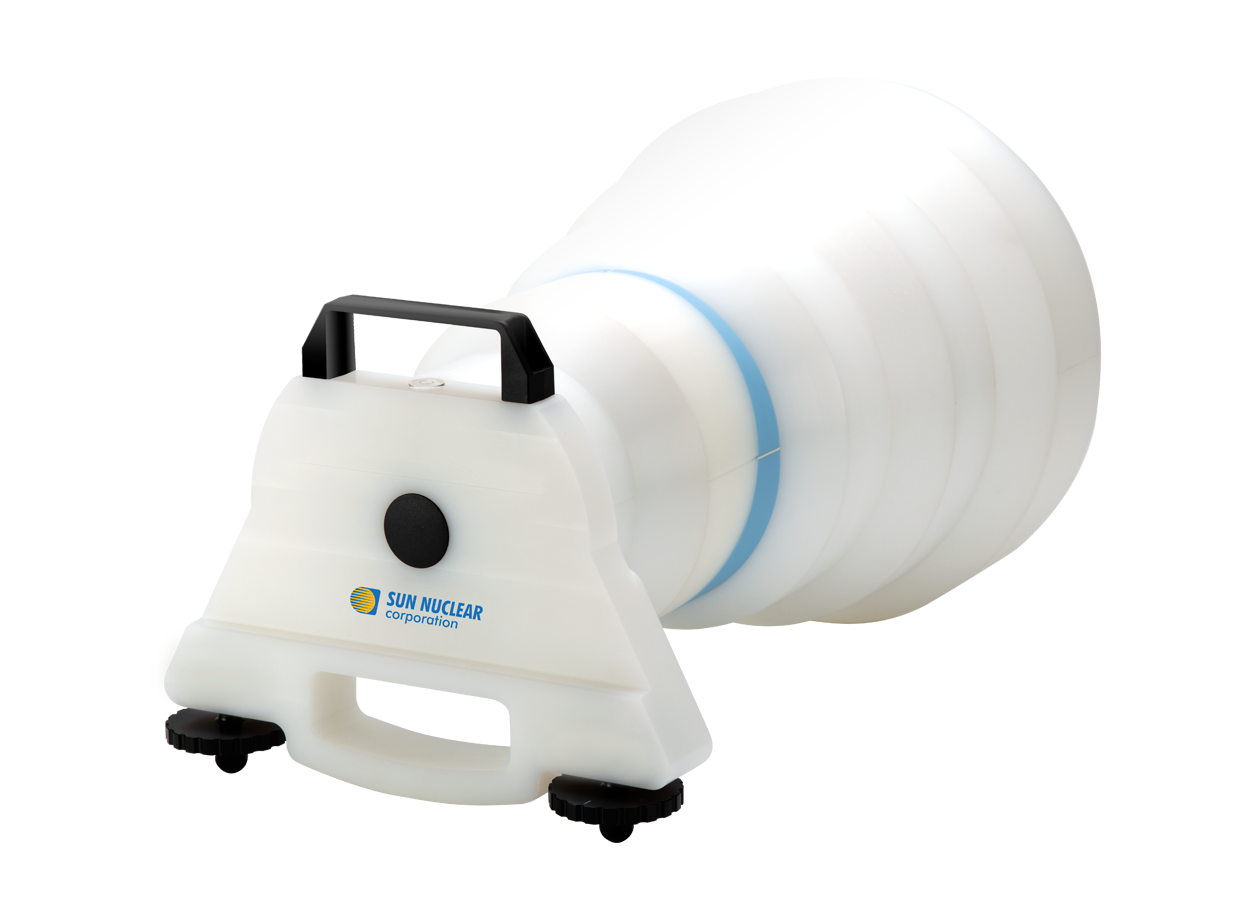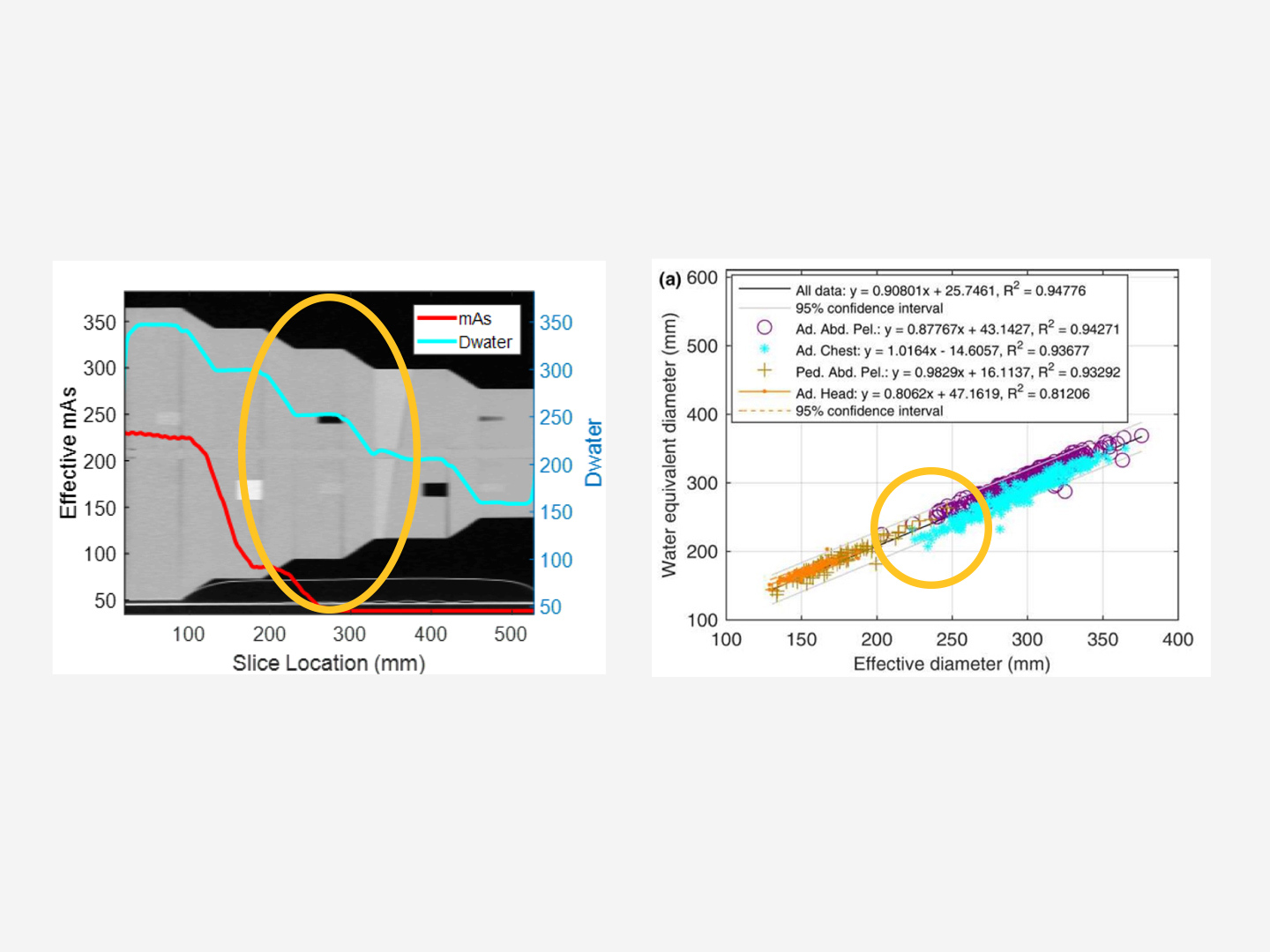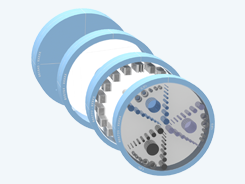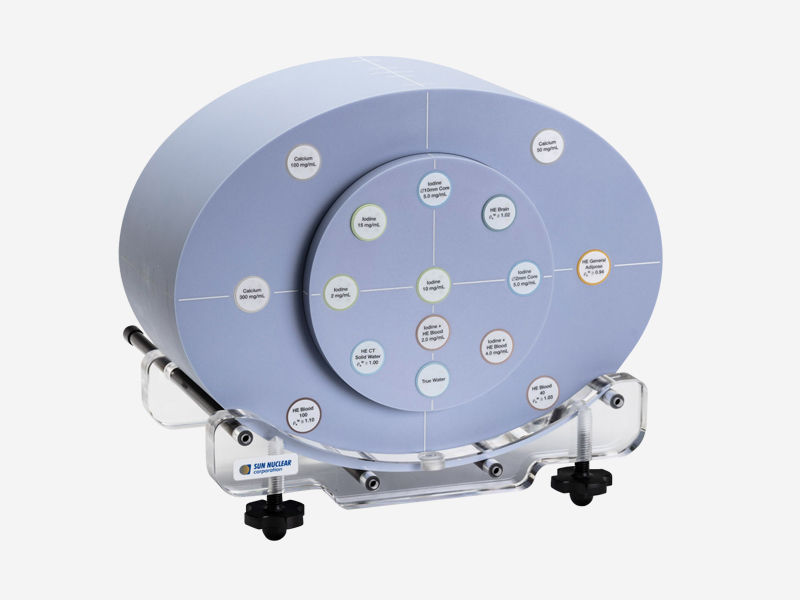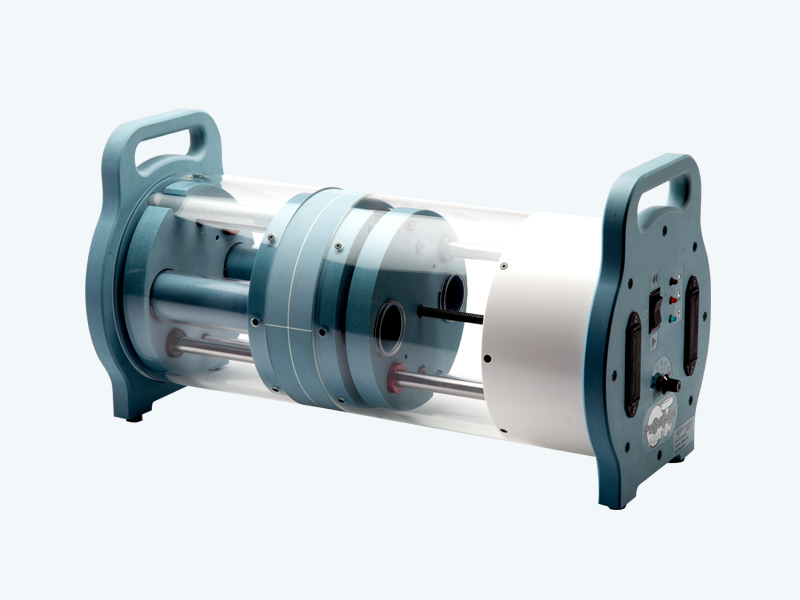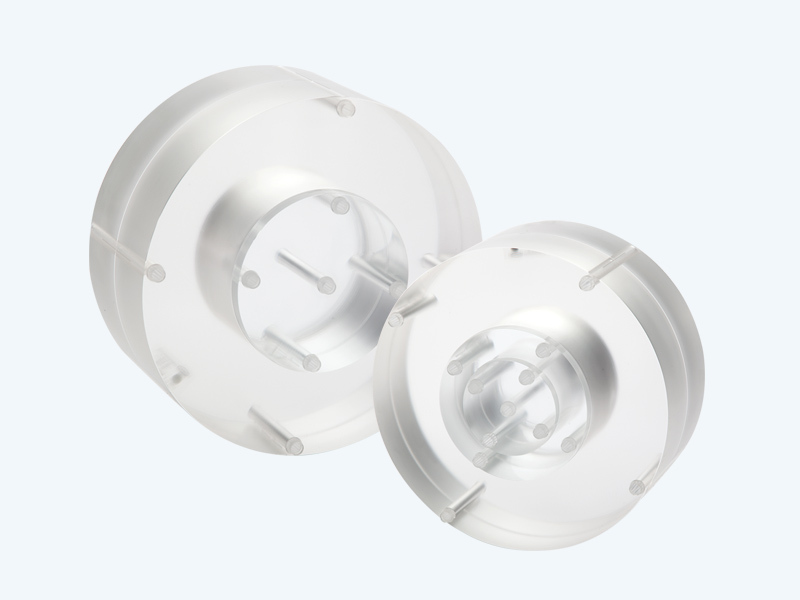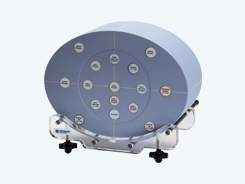The Mercury 4.0 Phantom makes it possible to characterize advanced CT features, including Automatic Exposure Control and Iterative Reconstruction, to support protocol optimization and proper dose management for your patients.
Characterization for Effective Dose Management
The Mercury 4.0 Phantom addresses performance and effectiveness of Automatic Exposure Control / Tube Current Modulation, and evaluates image quality for Iterative Reconstruction.
TG-233 Compliance
Meet AAPM Task Group 233 requirements for performance evaluation of CT systems.
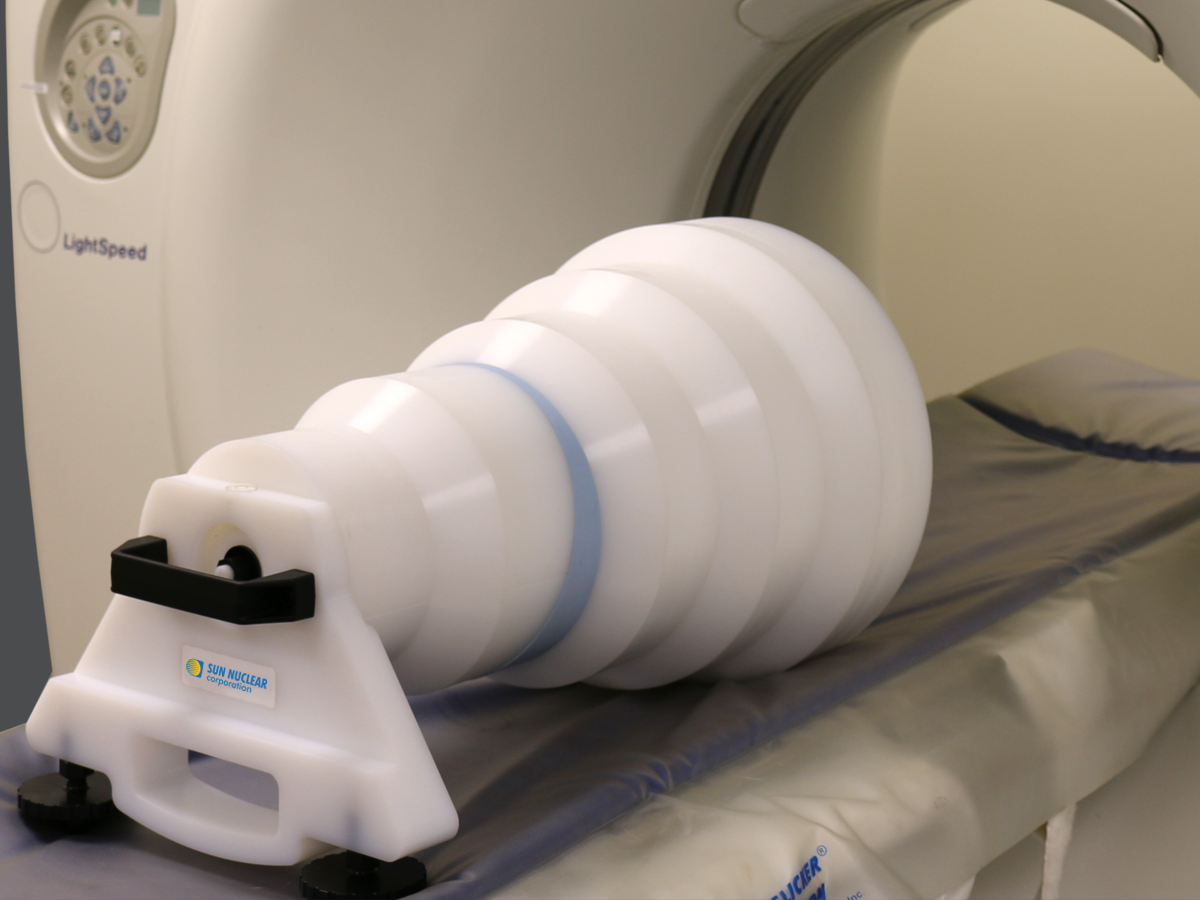
Advanced CT Metrics
Collect and analyze data for advanced CT testing recommended by AAPM Task Group 233:
- Automatic Exposure Control
- Noise Power Spectrum
- Modulation Transfer Function & Task Transfer Function
- Detectability (d')
- Cone-beam artifacts
- Superior-Inferior resolution
Optimize protocols for your advanced CT systems.
"We have purchased the Mercury 4.0 phantom to help with the optimisation of clinical CT scanning protocols. The ability to use the phantom with our own ImageJ plugin to calculate quantitative detectability indices over a range of patient sizes will be very helpful for this work. We found the Mercury CT AEC phantom to be useful when investigating CT automatic exposure control settings."
Medical Physicist, United Lincolnshire Hospitals NHS Trust, UK
Using the Mercury 4.0 Phantom for Common Clinical Tasks in CT
Learn about initial experiences using the Mercury 4.0 Phantom to address common clinical questions and optimize CT dose management across a wide range of patient sizes.
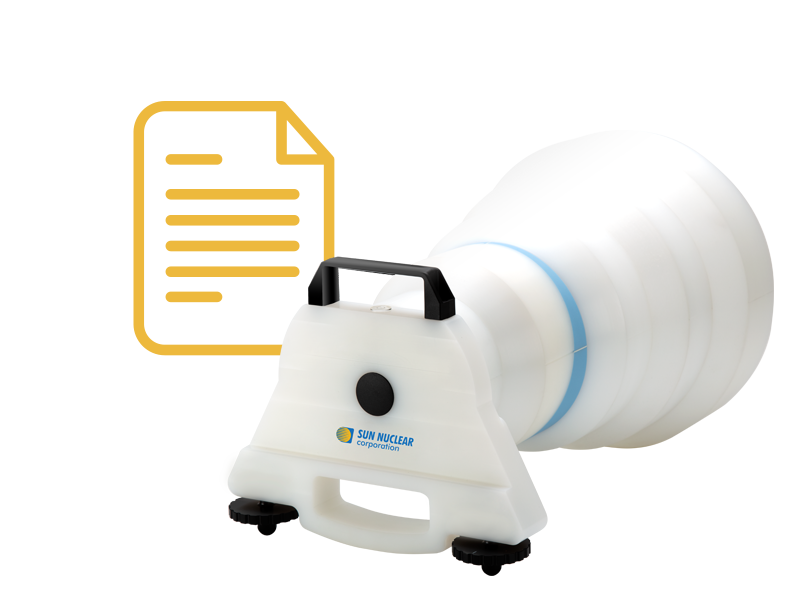
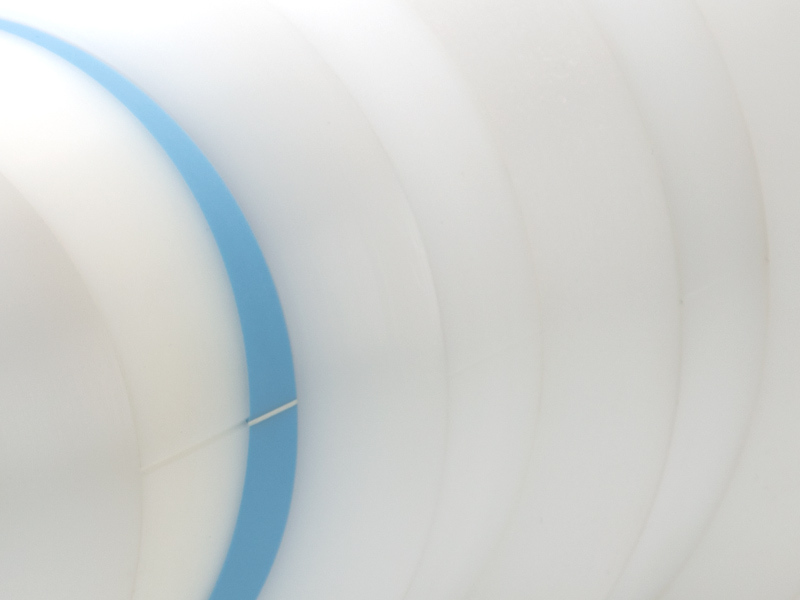
Reflecting Patient Size
5-tiered sections reflect a range of patient sizes to enable size-dependent image quality evaluation and predicting the CTDIvol for a given patient size
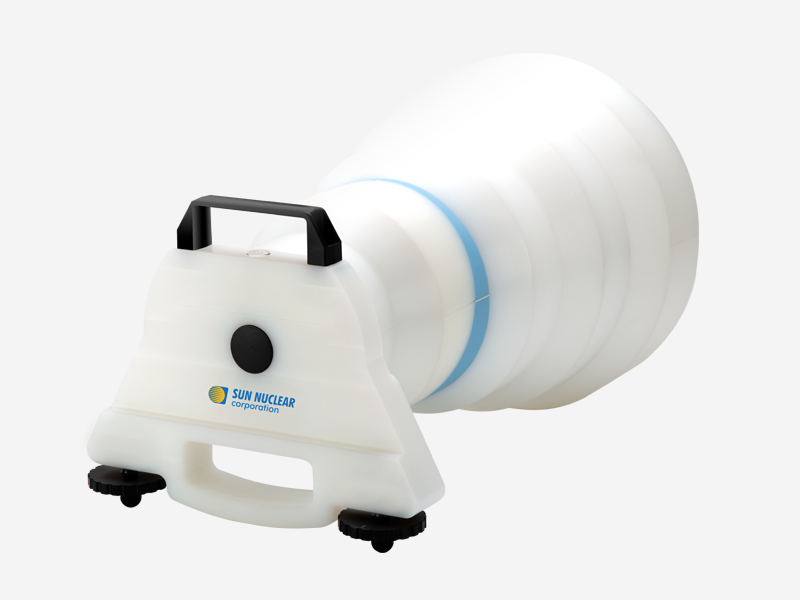
Case & Stand
Included stand with a handle and leveling feet makes setup easy, and wheeled case eases transport
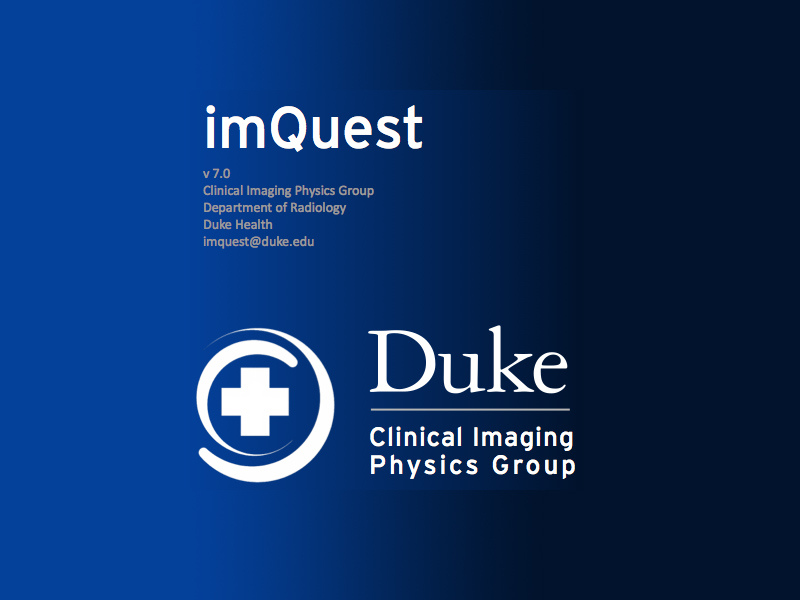
Analysis Software
Software analysis, licensed from Duke ImQuest software, offers metrics that reflect what clinicians see
Resources
Specifications
Material |
Polyethylene |
Diameter |
16.0, 21.0, 26.0, 31.0, and 36.0 cm |
Length |
52.0 cm |
Contrast Materials |
HE CT Solid Water®, Bone Mimicking Material, Polystyrene,10 mg/mL Iodine, and Air |
Resolution Wedge |
HE CT Solid Water® |
Software Analysis |
Works with ImQuest software, available from Duke |
Included |
Wheeled Case and Stand |
| MoreLess | |
